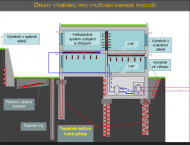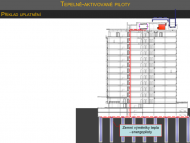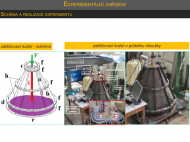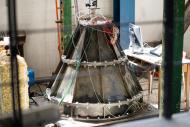Ideas and discoveries
FCE experts test energy piles to ensure structural stability and cooling of buildings
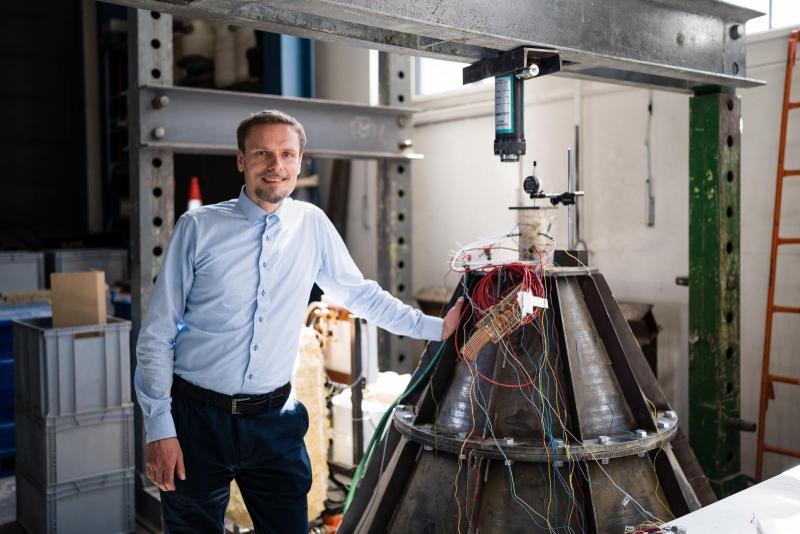
The energy of the Earth can serve as a renewable source of heat and cold. This is thanks to its year-round stable temperature. This is utilised through energy piles, sometimes called heat-exchanger piles – these are thermally-activated foundation piles, which are located underneath buildings and ensure their structural stability. They are currently being developed and tested by experts from the AdMaS centre and the FCE BUT Institute of Geotechnics in a TACR-backed project.
When a building is placed on unstable land, it must have a deep foundation to ensure its structural stability. For this purpose, foundation piles are used – ten- to fifty-metre columns, of which several dozen are placed underground. In addition to the stabilisation function, they can also provide energy savings.
“Traditional piles are reinforced with a reinforcement cage; we take a plastic pipe with a liquid circuit and wind it into the cage. We then draw heat or cold from the subsoil, which we use to heat or cool the building,” explains Ondřej Šikula from the FCE BUT Institute of Geotechnics, who also deals with numerical modelling of heat conduction for specific buildings. “A single ten-metre pile can have a power output of around 750 watts and there can be dozens of them under a building. We are getting a good power output from the ground and we are steadily pumping that out,” he adds.
The required temperature inside buildings is between 20–26 °C all year round. “If we were to draw heat from the outside air in winter, we would have to transform it from minus 10 °C to plus 40 °C for heating purposes. But the ground is a stable 9 °C in our climate. It is much more economical to extract heat from the ground than from the air because it does not take as much energy to transform it in a heat pump,” says Šikula.
And the use of sub-foundation temperatures is even more effective in the summer months. “With the energy piles, we can draw the cold from the ground and use it to cool the building directly. We do not even need a heat pump, we only pump the cold through an exchanger that lowers the temperature of the water in the building’s cooling circuits. The whole thing is extremely cheap and energy-efficient,” he says.
Buildings using energy piles with heat pumps for heating or cooling can save a large part of their energy costs. The most effective use of piles is with large-scale systems for low-temperature heating and high-temperature cooling – i.e. with radiating systems that are placed in the ceiling structure or as part of partition walls.
The principle of linking piles to energy use is not new and it first appeared in the 1970s. Nowadays, it is used in some buildings in Germany and is widespread in Iceland, where the soil reaches higher temperatures due to geothermal springs and can easily be utilised through energy piles to heat buildings. In the Czech Republic, only two buildings operate on this principle.
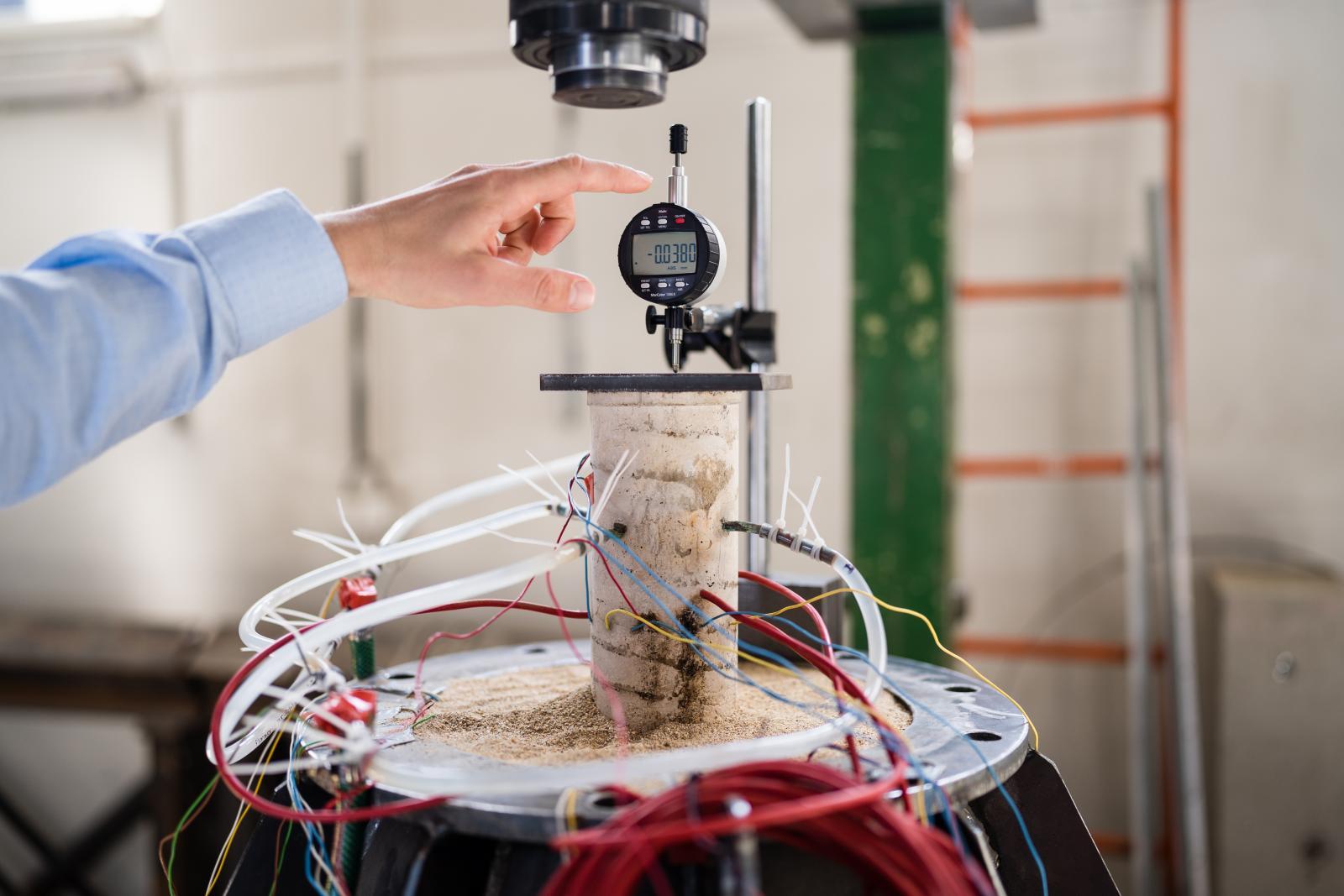
“In our climate, the ground is cooler – but that has an advantage in the summer months when we can use it to cool buildings down. So far, we have minimal experience with the use of energy piles. However, it is a very promising technology that ranks among renewable energy sources and significantly reduces dependence on fossil fuels or gas imports from abroad, which is quite topical now,” adds Šikula.
However, repeated heating and cooling of piles causes them to lift or shrink slightly, which can introduce stress into the building’s support system and affect its structural stability. “In the lab, we are working with an experimental scale model of a pile to predict what stresses and strains occur in the pile at different temperatures and how they will affect the static functions. In a follow-up project, we plan to test actual piles in the field to test the software we are developing, which will allow structural engineers to incorporate pile movement into the building design,” adds Šikula.
Energy piles are suitable for almost all buildings that use a skeletal structural system and which, due to poor subsoil conditions, need to be built on such foundations. Especially for large buildings with one or two floors. It is possible to place dozens of energy-producing piles under such structures. Ideal applications are storage or production halls that do not consume large amounts of heat or cold. In such buildings, the technology can cover up to 100% of the cooling and heating capacity. If electricity is supplied, for example, by photovoltaic panels, the building can be environmentally friendly and independent of the outside world.
Corrosion can be detected and predicted. Experts from FCE BUT develop new technology for bridge structures
BUT experts address climate challenges, floods, and the future of Czech water
Modern civil engineering will design pleasant shopping centres and optimal escape routes for people
Unique solution to rid houses of mould. Now patented
Microplastics in drinking water will increase
